
LUX’s Chief Contributing Editor, Maryam Eisler, talks to friends and internationally acclaimed artists, Italian Michelangelo Pistoletto and Cameroonian Pascale Marthine Tayou about artistic dialogue, cultural roots and creative chaos
Maryam Eisler: I’m fascinated by this idea of creative duality, a dialogue which wouldn’t naturally come together. You have always said ‘one and one makes three… it is the fusion of differences’. How do you explain this? Why does it work?
Michelangelo Pistoletto: It’s a perfect duality made of two antique yet contemporary cultures. All the elements that we have in the exhibition are made with these two cultures: one European, the other African. Although there is a long history separating these continents, there is a shared perpetual connection and aggression, a cultural, ecological and technological aggression. We live in a moment where we need to fuse these opposites, to produce a third phenomenology that I call ‘the third paradise’.

Turin-born painter, Michelangelo Pistoletto, acknowledged as one of. the pioneers of the ‘Arte Povera’ movement in Italy, has a focus on reflections and mirrors across his work
ME: Pascale, I believe you’ve found inspiration in the words of Edouard Glissant; what are your thoughts on him saying that ‘the mixture of art and language produces the unexpected, this other space, this third paradise, a space where dispersion allows for connections, where culture clashes, where disharmonies, disorders, and interference become creative forces’.
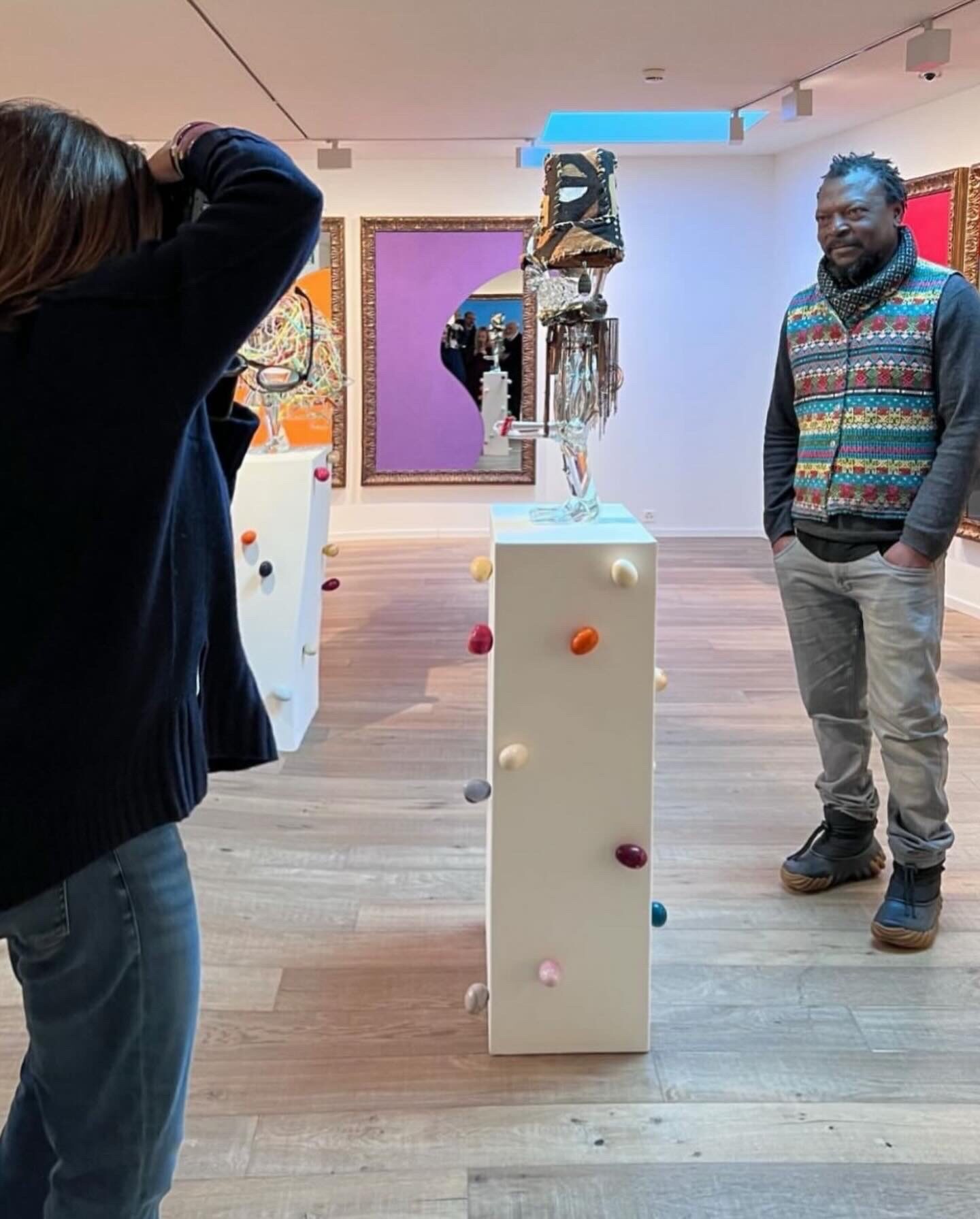
Maryam Eisler, photographer and LUX’s Chief Contributing Editor, photographs Pascale Marthine Tayou, Belgian-based artist with a focus on setting man and nature ambivalently together, to underscore the fact that artworks are social, cultural, or political constructions
Pascale Marthine Tayou: I think it’s about how you bring those elements together and finding what’s in between the lines. In terms of culture becoming a creative force, I believe a key part of my evolution was these elements influencing me while growing up. I didn’t know which path to take because there was so much confusion around my upbringing, so I had to find my own way to escape and survive. I never thought I was ‘making art’, but I’ve learnt a lot about my practice through connections and people’s opinions; I’m discovering myself through others’ eyes. For this body of work, I asked myself about the magic of form. I thought I’d find what makes these objects so special, maybe because they are so dark and it’s impossible to get through them. I thought of what I could do with transparent material, to try and catch the truth, but I went even deeper. More transparency means it’s harder to catch this truth; that is the meaning of life. There’s no answer, you must only express yourself.
ME: You’re talking effectively about spirituality, a bit of philosophical death tying in beautifully with reflection, refraction and use of glass and mirror. Walk me through this use of light.
MP: You see in this room we have black and white.

The collaboration between Pistoletto’s multi-disciplinary, multi-voiced practice, and Tayou’s works, seeking to redefine postcolonial issues via the European experience, has been the rich source of creative dialogue.
ME: Yes, yin and yang!
MP: They present the two opposites. Without them, we have nothing in between. There cannot be solely light or darkness, but together, they make a new world.
PMT: They are like two borders. There’s always something between and that’s the mystery of creativity, trying to catch that.
MP: But between, we have all the colours!
PMT: Of course! The harmony comes from balancing both shadow and light. You are only visible because of both; that third paradise is in between.
MP: The two extreme elements produce an explosion at the centre! Something chaotic, working towards harmony. The objective of the arts is to recombine with harmony. Art has always been in search of peace, and we are still trying to recombine these concepts.
ME: Chaos and harmony, interesting words today. What is this chaos you talk about?
Follow LUX on Instagram: luxthemagazine
MP: To clarify, the chaos isn’t necessarily negative. Chaos is the only order possible, but we need to understand how it can be used to allow us to live in an advanced, spiritual way.
ME: An interesting discussion in a world where everything isn’t in ‘orderly chaos’ necessarily.
MP: Chaos is fantastic because everything is included within it; the universe is working by contrast. Despite this, it’s up to us to create harmony and dynamic balance.
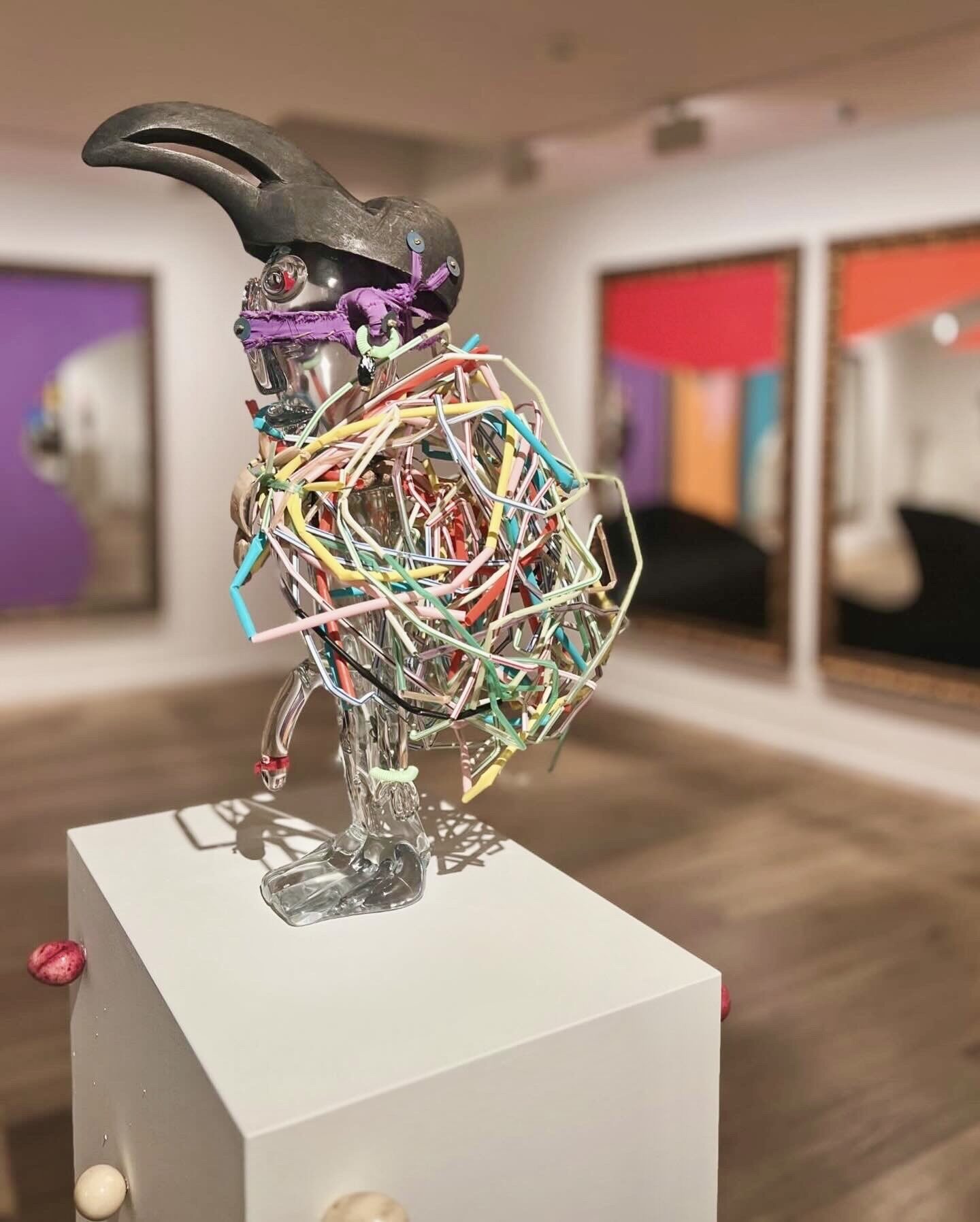
Both Pistoletto and Tayou express interest in materials and their significance within art, and both artists find that every point in the universe is a centre-point; there is not just one.
ME: Is this the power of art? Can life and politics replicate art?
PMT: Art is a state of mind, like a group of people making soup. If two people had the same spices, water and tomato, they would make two completely different pots of soup. As we grow up and progress as human beings, we become more political. We go deeper into the traffic of evolution and learn about a life of confrontation, refraction and fragmentation, which we learn to deal with. Through art, we can share this.
ME: Now we understand your chaotic journey, your chaos is a different kind, isn’t it Mr Pistoletto?
MP: Not necessarily. We just have different approaches. Mine is more rational and his is more emotional. But from his emotions he grows a diverse dimension, amalgamating emotion and reason. Personally, I start with rationality. I try to research and give reason to the basic phenomenon of existence. That’s why the mirror painting shows reality without personal interpretation. Just as it is.
Read More: Maryam Eisler: Confined Artists
ME: I find it very interesting that you’ve referred to these mirror paintings as a symbol of society, with each fragment representing an individual.
MP: I included society, nature, day, night, time and space. While doing these paintings, I saw the universe concentrate on the infinity of the mirror. This is a phenomenon; its not something I decided. I had no feelings about it, nor did I want to have any. Finally, when I saw the real truth, I experienced the biggest emotion one can experience : that related to reason. I had the answer to my question.
ME: At the end of the day, it’s about a collective memory, is it not?
MP: In my work, there is Pistoletto, not as one, but as everybody. They are the author of my work, not just me. I simply raised the formula that includes everybody and everything. The mind has the power to bring images to reality; the mirror is the image of existence. While the image doesn’t know it exists, I know I exist. This is what is important: art has the capacity to interpret existence.

Tayou’s work explores movement, changes, economics and the environment; the artist uses repurposed materials for a lot of his practice.
ME: From this dialogue, what have you learnt from each other? This is the third exhibition you’ve done together?
MP: I think there’s love between us, not in a romantic sense.
ME: What about respect?
MP: Love is a precursor for respect. Respect is not sufficient; one gets to it with sentiment.
PMT: Personally, I think respect is something innate and platonic. For example, my father’s love for me is just that of a father’s love for his son, not because we are on the same level.
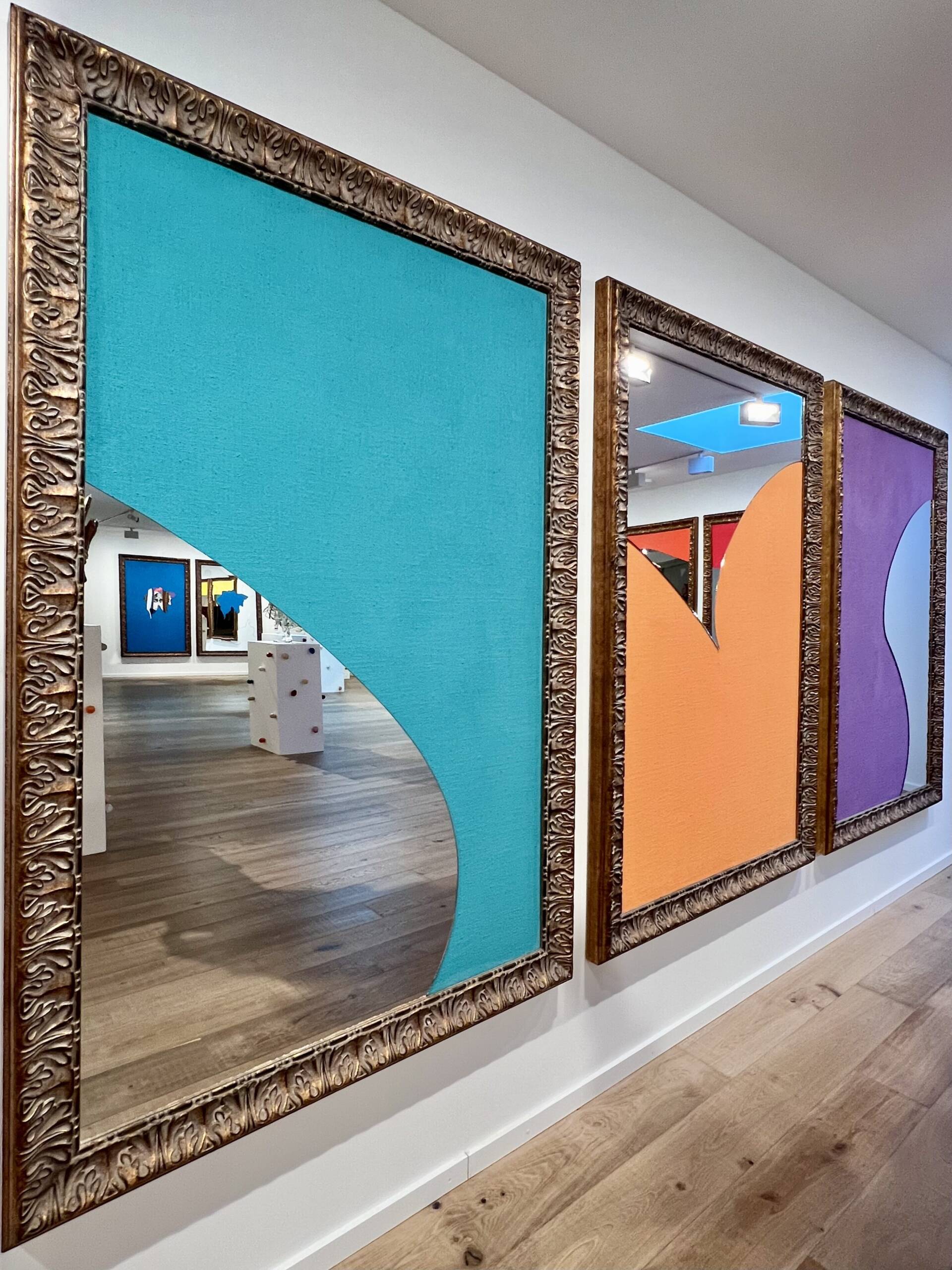
Pistoletto’s iconic mirror images are photo-silkscreened images on steel. These works were developed in 1962, and represent Pistoletto’s interests in conceptualism and figuration. The reflective nature of the pieces force the viewer to become an integral part of the piece, as well as the gallery itself.
MP: I say ‘love differences’, which I mean literally; the Mediterranean is surrounded by cultures. Loving differences isn’t just accepting or respecting, but ‘loving’ goes further. Between two people, in order to create, you have to love. Nothing else.
ME: This is possibly the most positive message we can project out there in the universe, precisely with this very recipe.

Pistoletto and Tayou underscore the importance of friendship in spurring concepts, art and art theory in fruitful dialogues.
MP: Today, we share the human spirit; we have common ancestors from Africa, where the concept of humanity was developed. This spread North and South, to America and everywhere else. We are the first and last threads of history. We’re talking about the art of this very wave which unites all these ideas.
PMT: Honestly, it’s not easy for me, coming from a continent polluted by the conquering European race. We might say that I am sold, as reality is rather conditioned by the material.
MP: This reality means that we are conditioned to ask questions where there are problems. We’re not going to look for wealth elsewhere; we must redefine all of this. If I’m involved in this, art does not exist. It doesn’t interest me. What interests me are people.
See More:
This interview was conducted at Patricia Low Contemporary, Gstaad, in February 2024, during the exhibition ‘Alternative Centers‘, a dialogue show between Michelangelo Pistoletto and Pascale Marthine Tayou, which ran fro, December 26 to February 11 2024.
pistoletto.it
galleriacontinua.com
patricialow.com
maryameisler.com



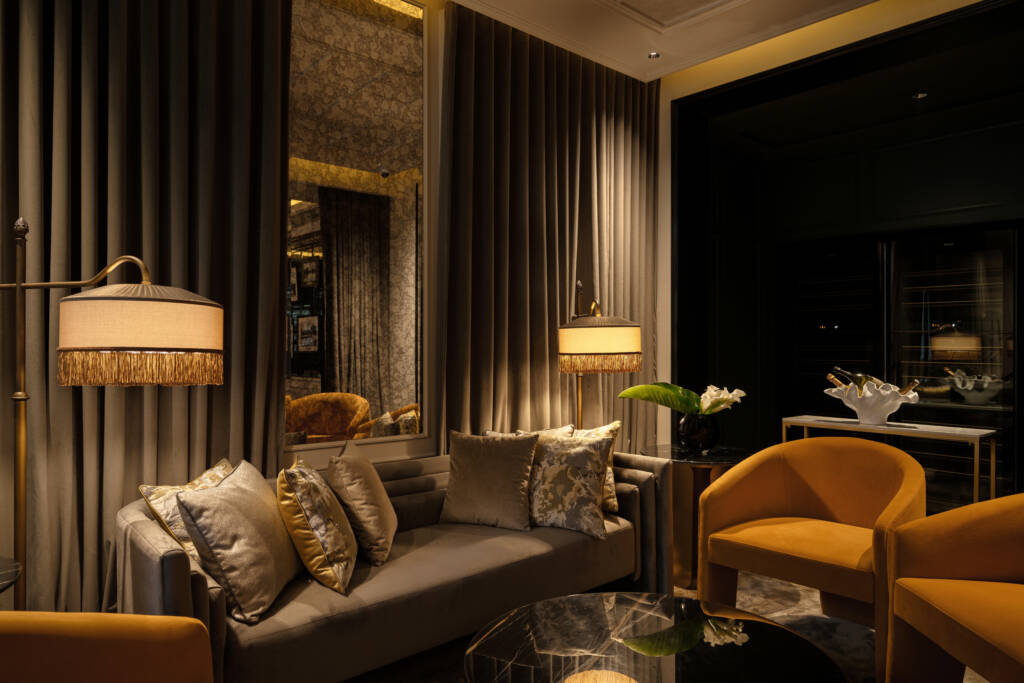

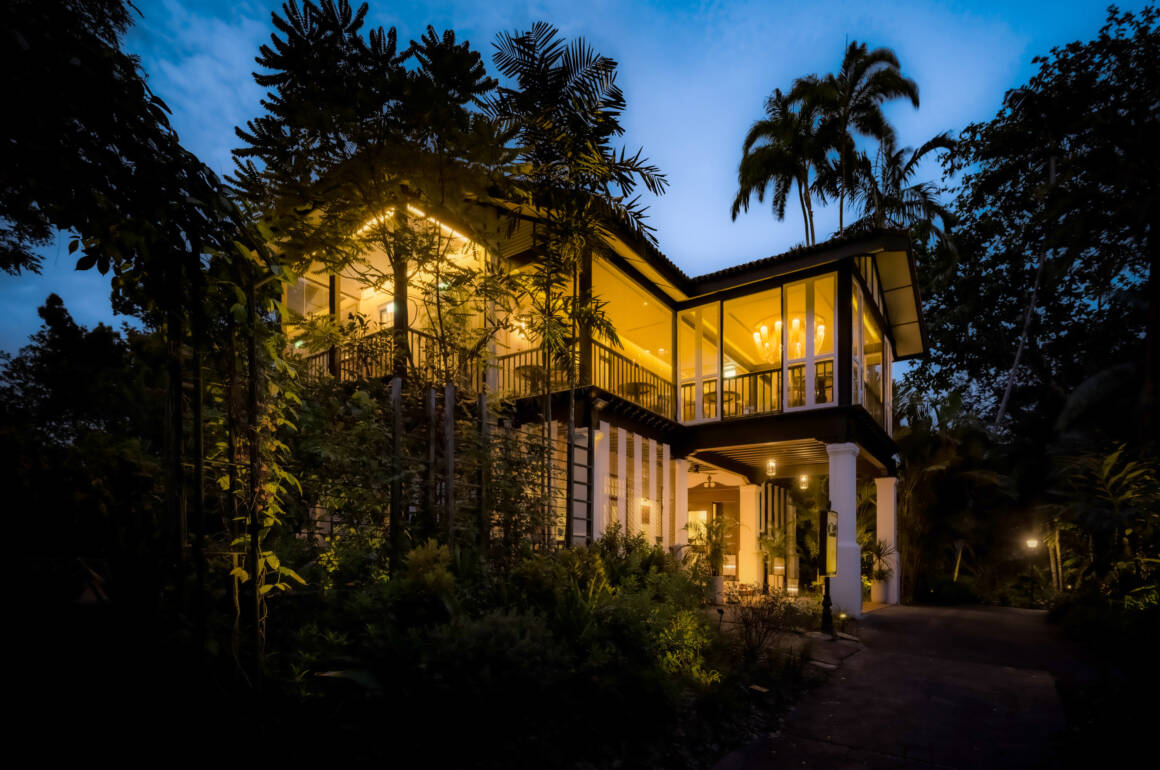
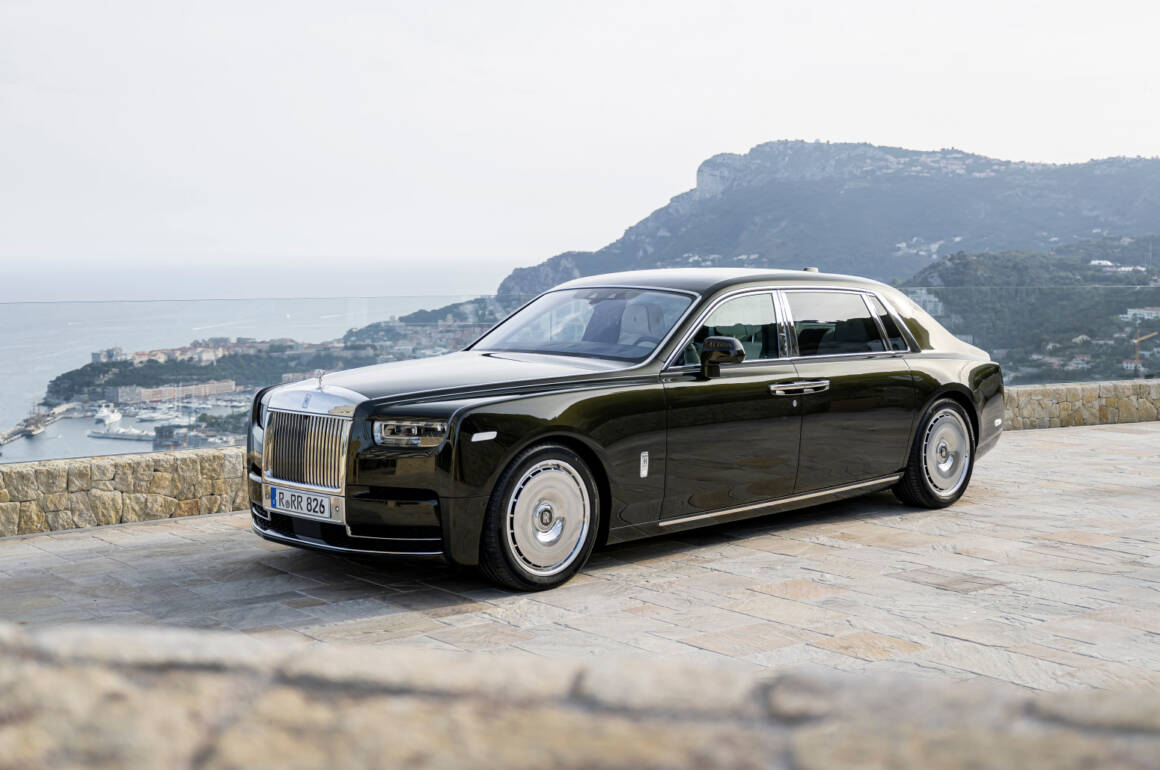

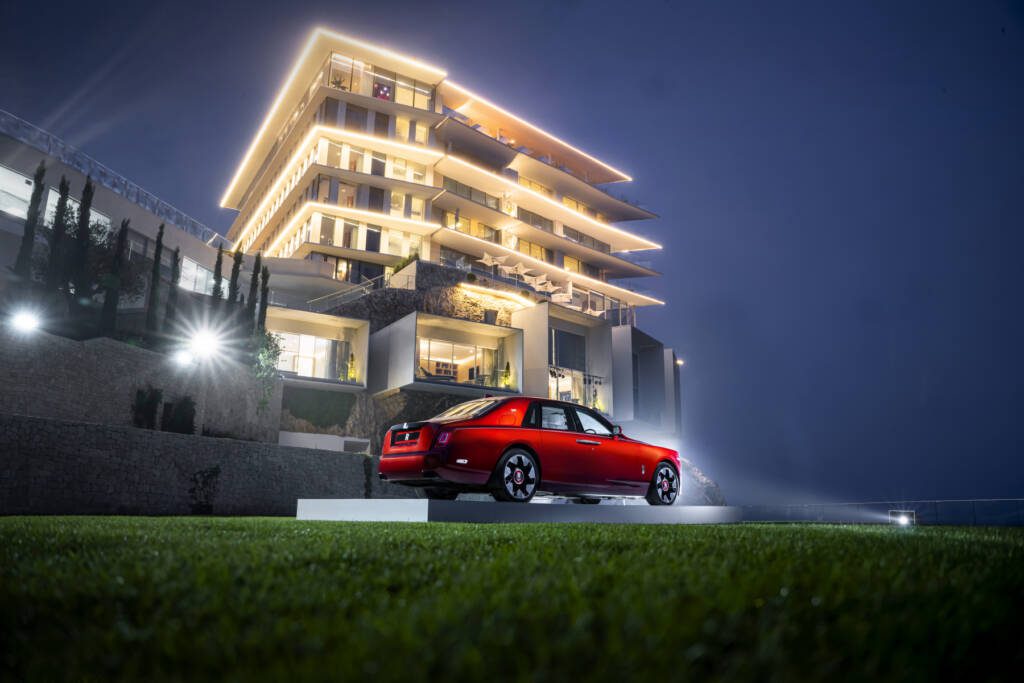

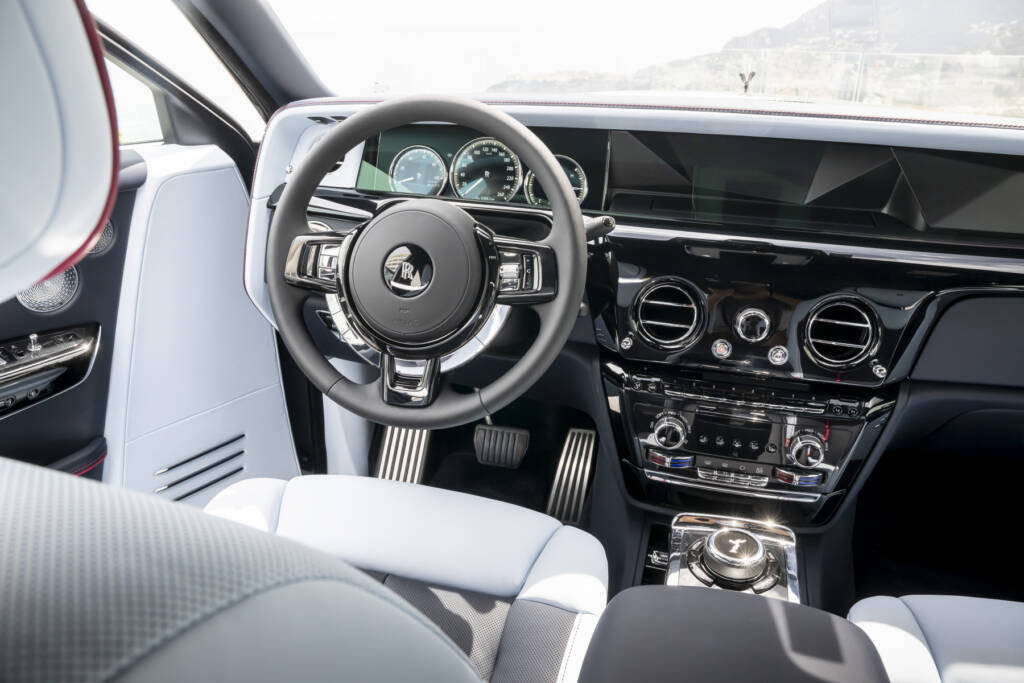

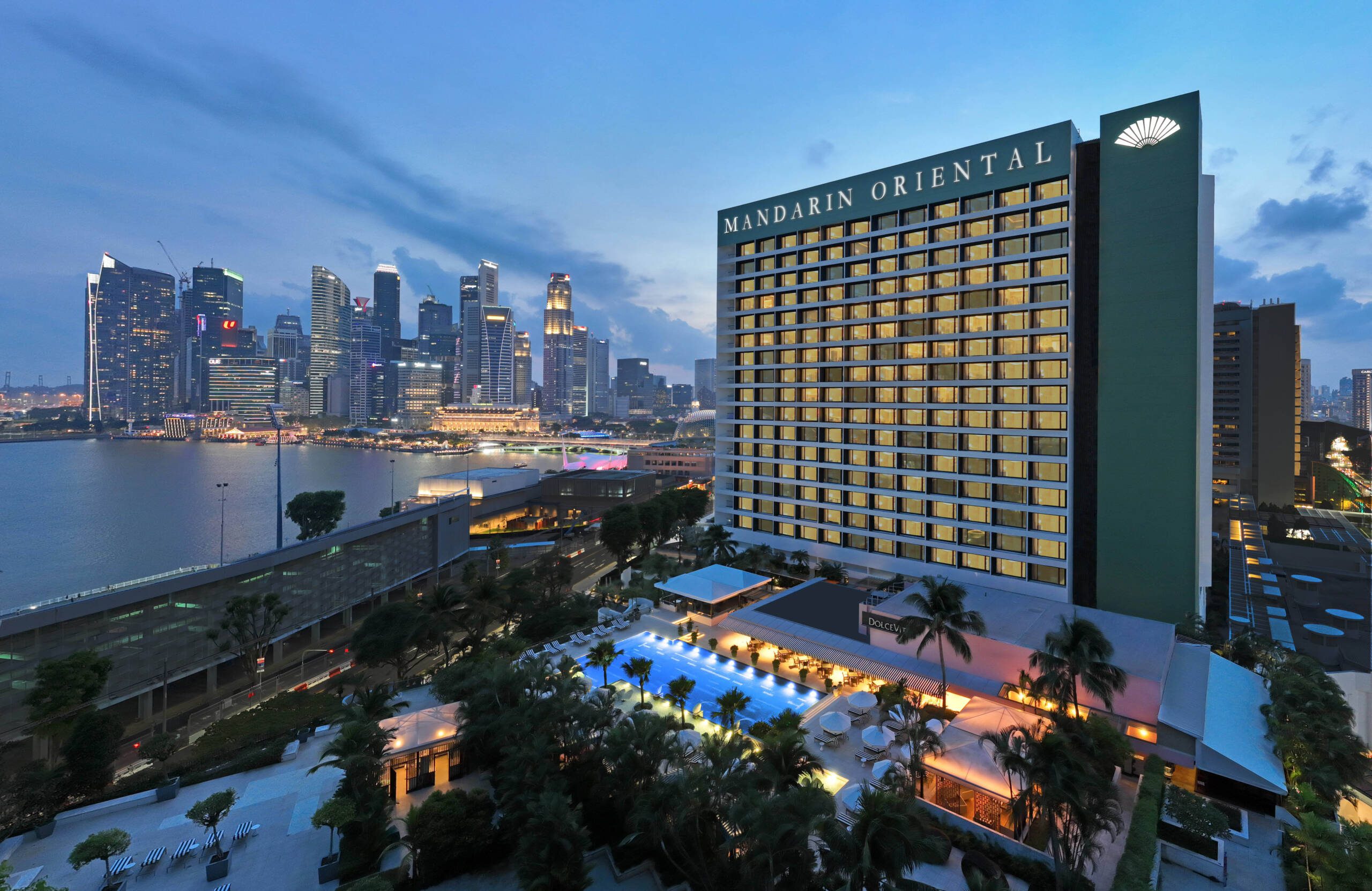
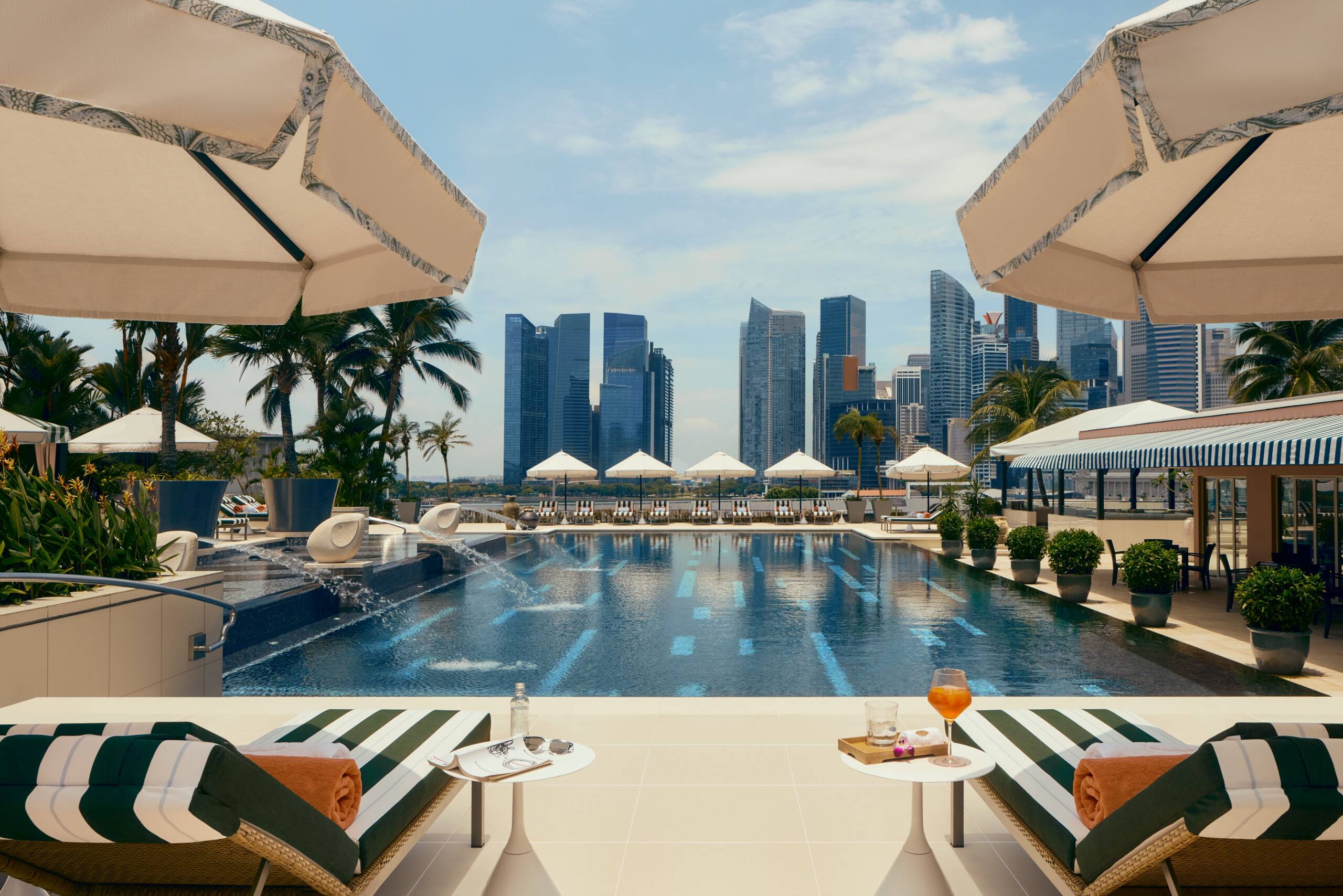
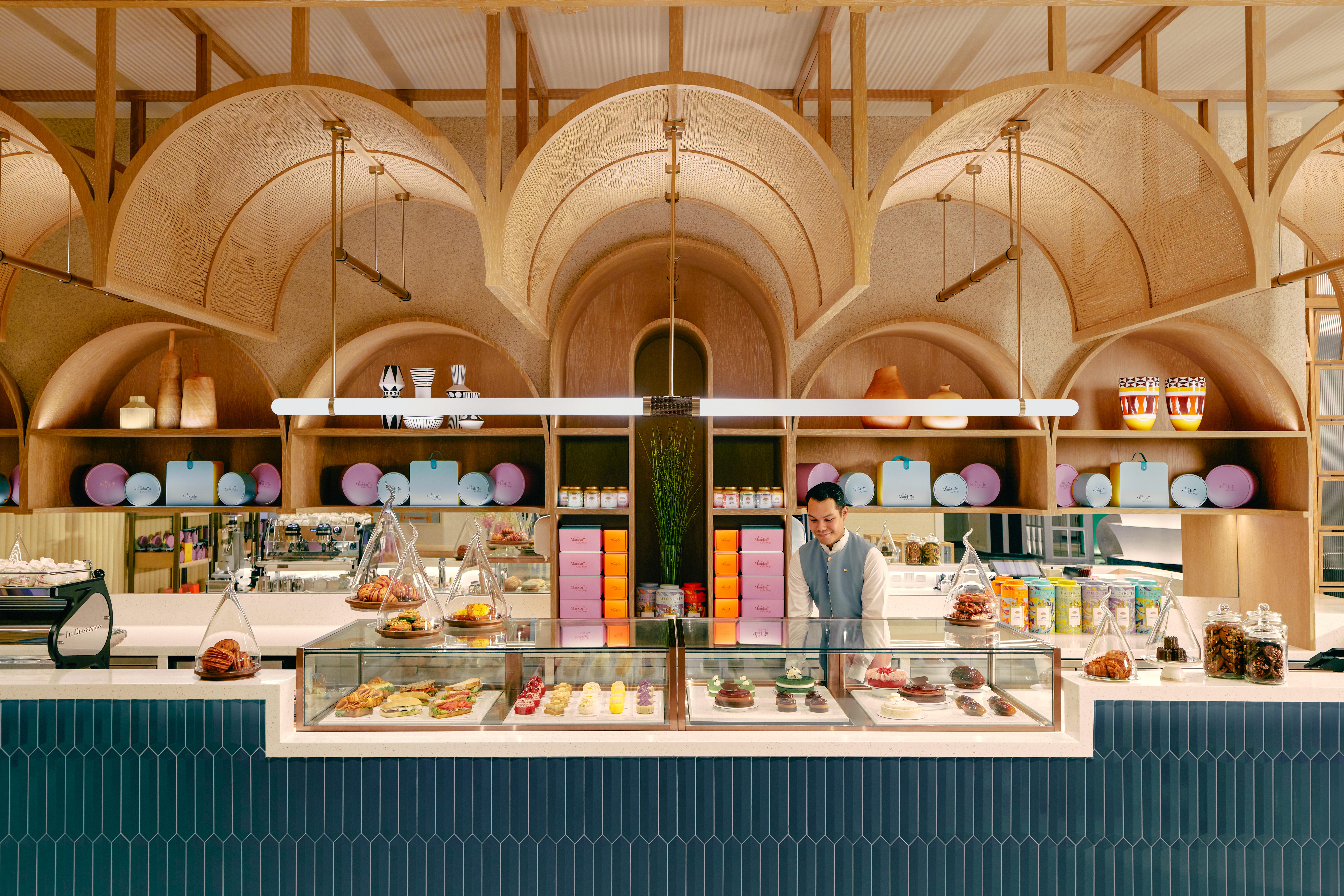





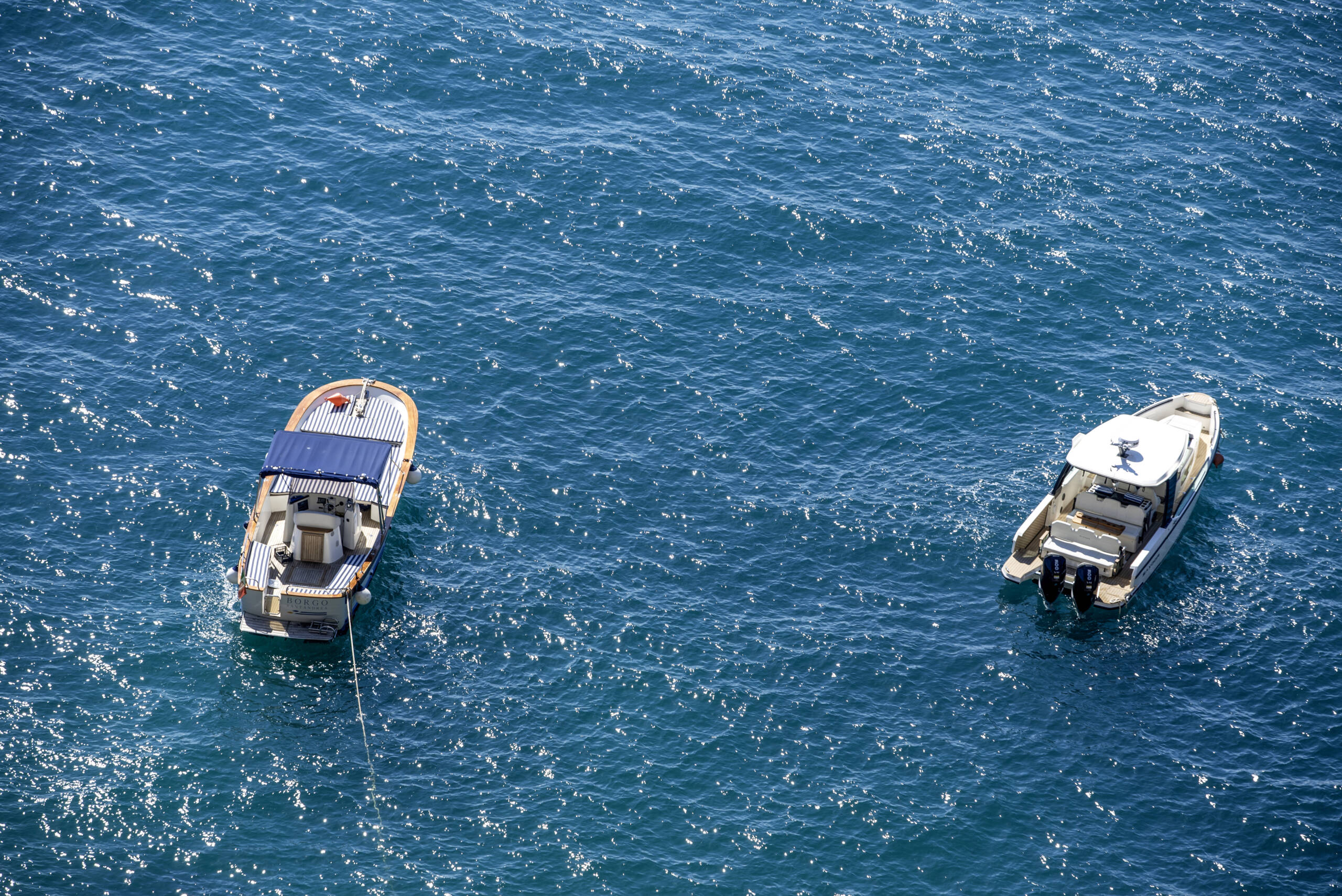
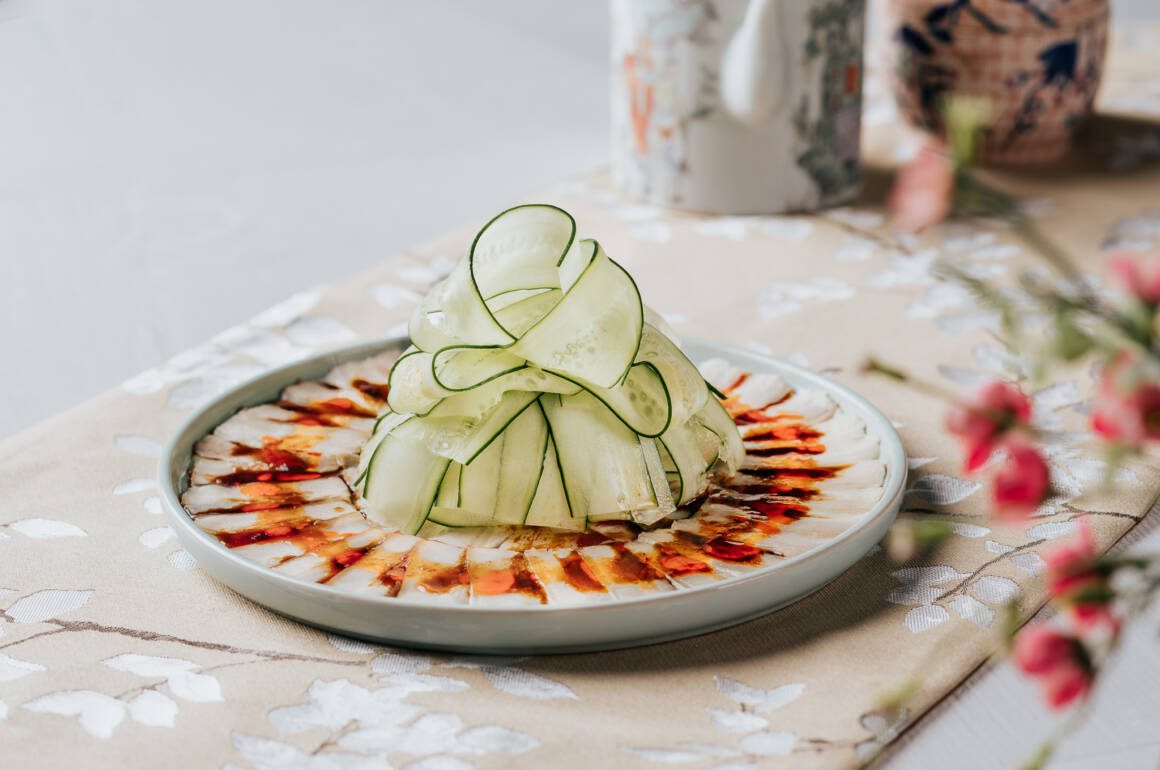



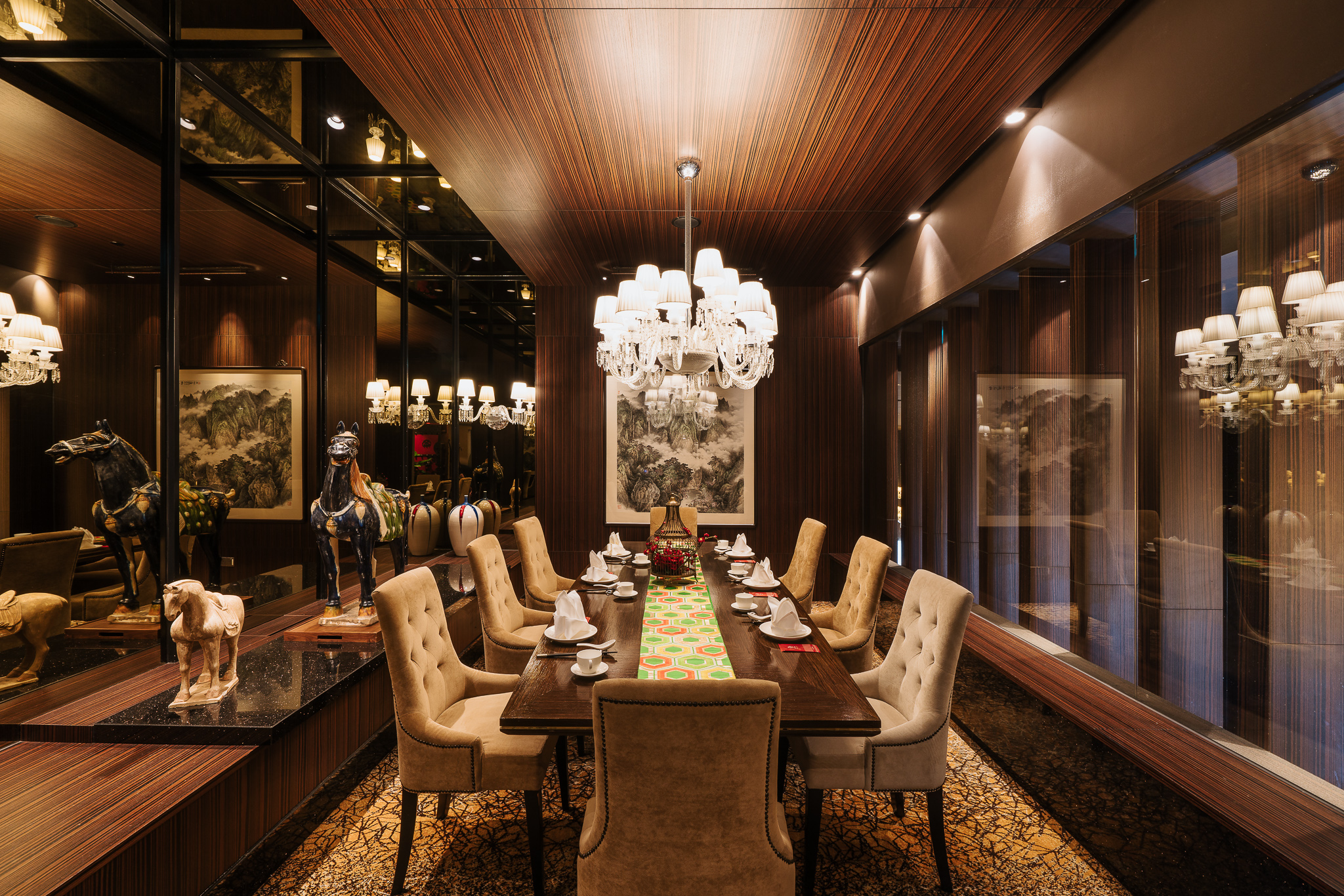

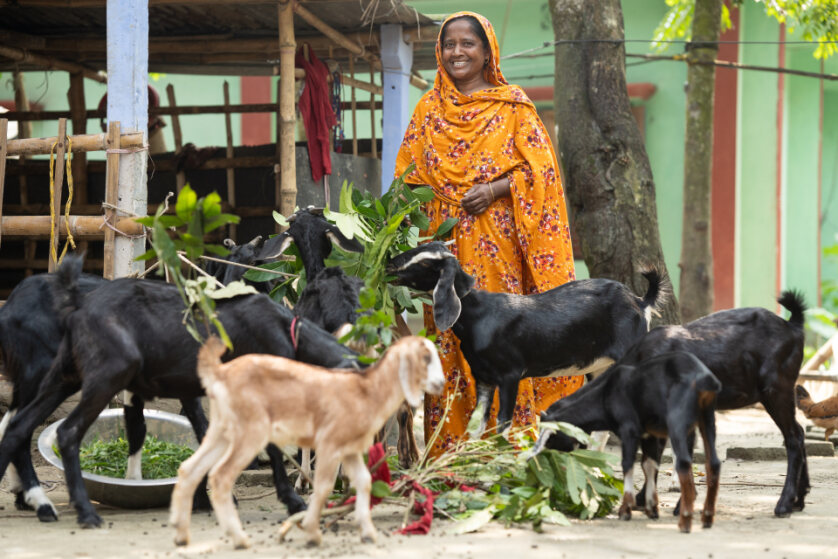
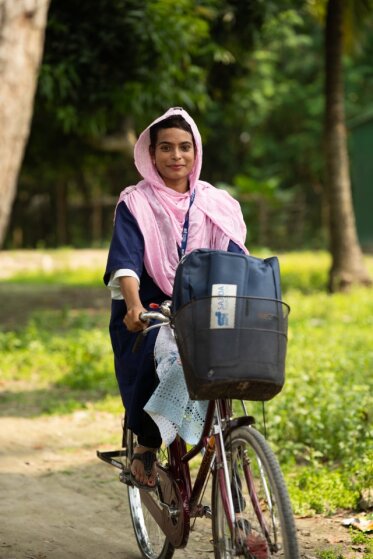



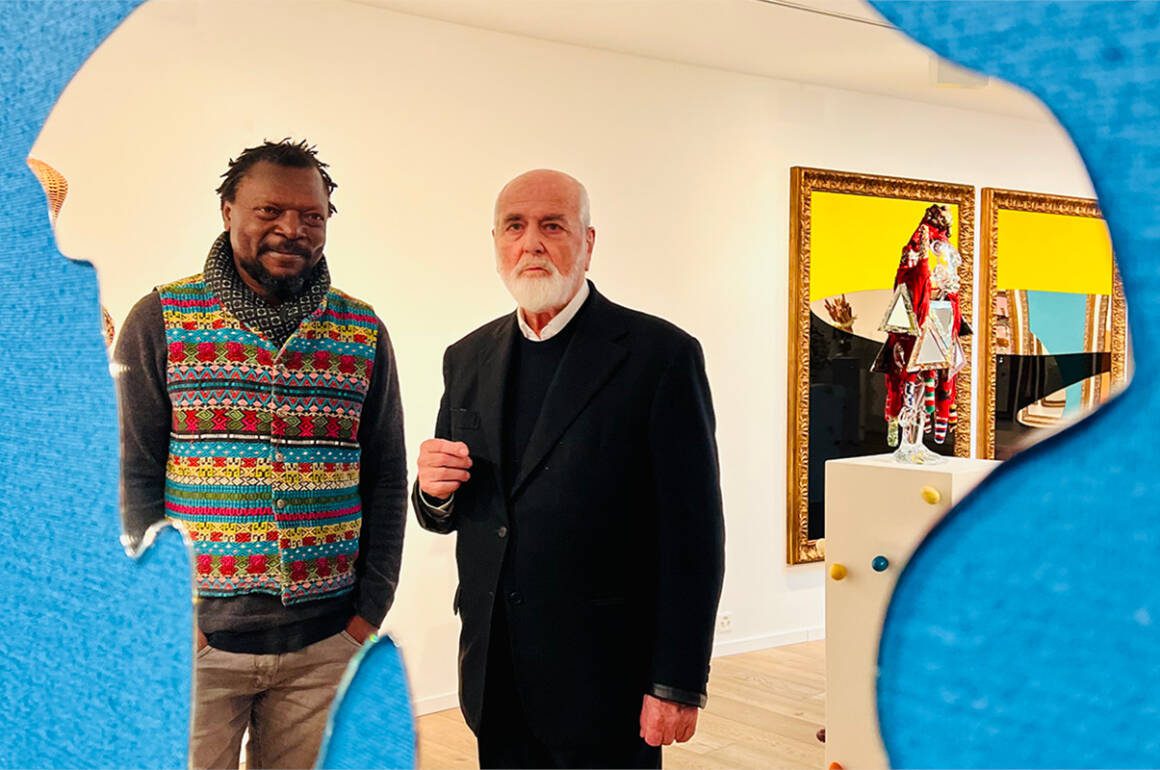









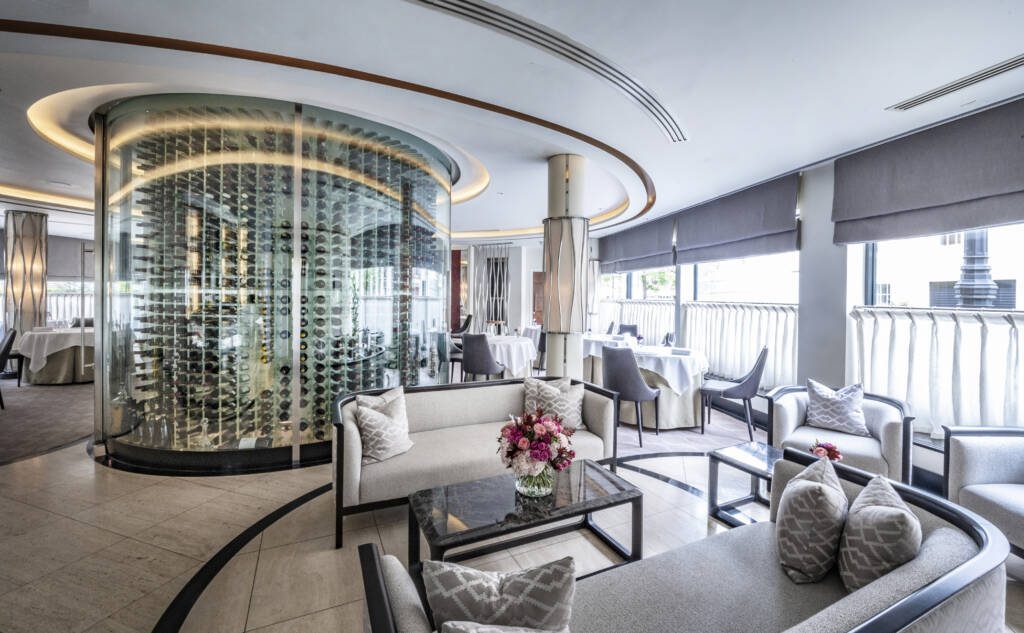






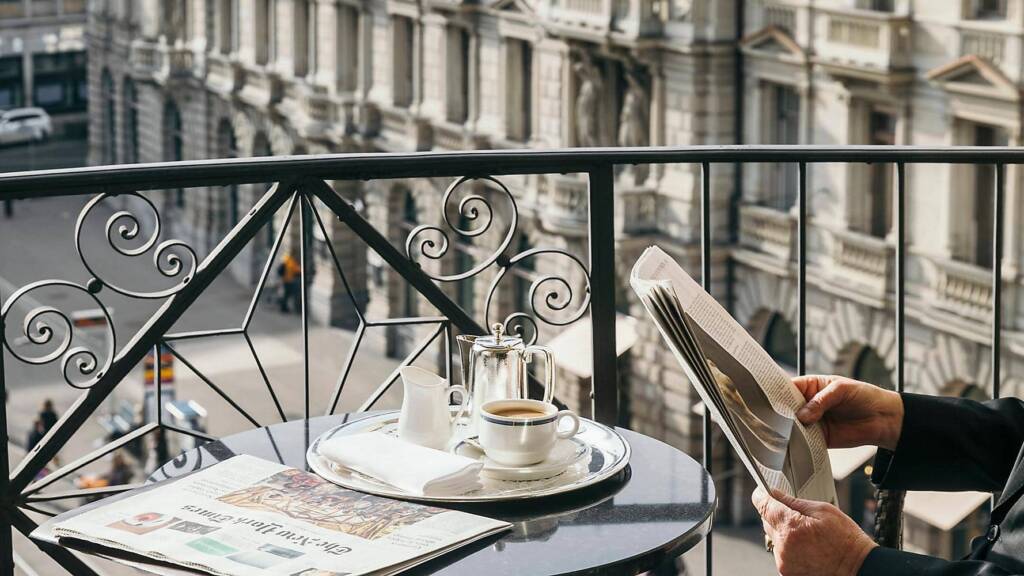












Recent Comments